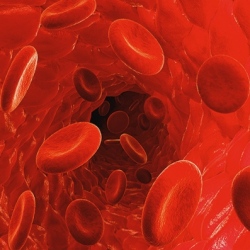
Young blood seems to turn back the effects of aging, potentially with few known safety concerns in humans and, so far, with corroborated results from parabiotic aging studies in multiple labs. Scientists worry about the treatment being tried in people outside approved clinical trials.
Unlicensed stem-cell transplants are already a booming industry, warns Mattson, and unlicensed transfusion of young blood would be even easier. For now, any claims that young blood or plasma will extend lifespan are false: the data are just not there. An experiment to test such claims would take upwards of six years, first waiting for the mice to age, then for them to die naturally, then analysing the data. “If we had funding to do this, I’d do it. But we don’t,” says Michael Conboy. Still, he adds, “I hope that someone, somewhere is.”
In the past few years, however, a small number of labs have revived parabiosis, especially in the field of ageing research. By joining the circulatory system of an old mouse to that of a young mouse, scientists have produced some remarkable results. In the heart, brain, muscles and almost every other tissue examined, the blood of young mice seems to bring new life to ageing organs, making old mice stronger, smarter and healthier. It even makes their fur shinier. Now these labs have begun to identify the components of young blood that are responsible for these changes. And last September, a clinical trial in California became the first to start testing the benefits of young blood in older people with Alzheimer’s disease.
“I think it is rejuvenation,” says Tony Wyss-Coray, a neurologist at Stanford University in California who founded a company that is running the trial. “We are restarting the ageing clock.” Many of his colleagues are more cautious about making such claims. “We’re not de-ageing animals,” says Amy Wagers, a stem-cell researcher at Harvard University in Cambridge, Massachusetts, who has identified a muscle-rejuvenating factor in young mouse blood. Wagers argues that such factors are not turning old tissues into young ones, but are instead helping them to repair damage. “We’re restoring function to tissues.”
